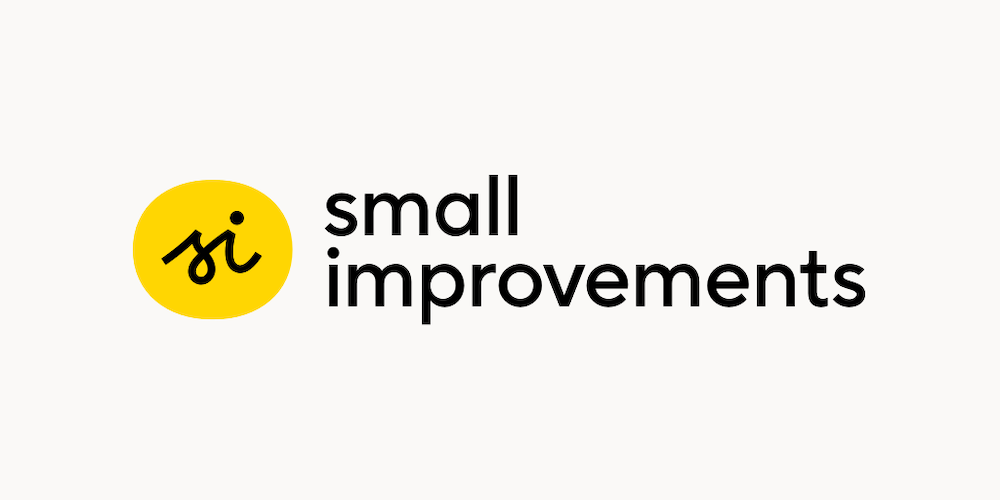Unless you’ve been living under a rock this year, you’ve probably noticed that “quiet quitting” has gone viral. Some describe it as a TikTok trend, others as an epidemic, and a third category believes we’ve renamed the type of coasting that’s been happening for years!
Whatever your stance, the concept is simple: quiet quitters continue to meet the baseline requirements of their role but no longer go “above and beyond” to impress their boss. They’re building healthy boundaries — only working their contracted hours, refusing to answer messages outside of work, and not volunteering for weekend business trips that coincide with their kid’s birthday.
So far, so reasonable. But the challenge for HR departments is that quiet quitting often comes from a place of deep negativity. When employees feel their leaders don’t listen or meet their needs, they switch off and take matters into their own hands to create the work-life balance they deserve.
New Gallup data reveals that quiet quitting affects at least 50% of the US workforce — it’s pretty widespread! So, how do we stop quiet quitting from becoming something more toxic or even a retention problem? It’s as simple as having a conversation with your employees, which begins by collecting their direct feedback.
What is upward feedback?
An upward feedback survey collects insights from direct and indirect reports and uses them to inform managerial decision-making. It opens the doors to some refreshingly honest feedback by reversing the traditional flow from managers to employees. If an employee doesn’t find their manager’s communication style useful? They tell them! And if they love how supportive their manager is? They’ll say that too!
When done well, upward reviews are a goldmine of information for leaders to learn from. They give employees a voice, empower managers with critical insights, and drive business results. So, how do we collect this eye-opening intel?
- Pulse surveys – employees fill in quick questionnaires so managers can assess the workplace climate.
- 360º feedback – a holistic and highly effective performance management strategy where employees share feedback with a variety of sources, including peers, managers, and direct reports.
- 1:1 meetings – regular check-ins between managers and employees keep communication channels open to discuss work goals, career development, and challenges. They’re also the perfect place to address follow-up questions.
How is feedback linked to employee engagement?
When employees feel physically, mentally, financially, and socially supported, they’re also engaged and fulfilled in their work. But quiet quitting can creep in when disgruntled employees don’t have a supportive company culture.
Maggie Perkins tells CNBC that she was a quiet quitter in her former role as a teacher – leaving the building at the same time as her pupils, and never working overtime or volunteering for committees. She taught her classes well … and then she went home.
But since leaving the school environment behind to become an academic consultant and full-time tutor, Perkins has found a job she loves and is willing to go “above and beyond” for. Why? In her words, she now works for “a company that has shown me that they value me. I get very respectful feedback from my boss; it’s a healthy work environment.”
The difference between the two jobs is the company culture, her relationship with her manager, and the value of the employee feedback flow. This is far from surprising. We know from Salesforce research that employees who feel their voices are “heard” are also 4.6 times more likely to feel empowered to do their best work. And a Bonusly study also confirms the link between engaged employees and feedback — a whopping 94.6% of employees who self-identify as being “highly engaged” also believe their employer takes their own feedback seriously.
5 best practices for gathering upward feedback
Feedback solutions make life so much easier in gathering and analyzing feedback data. But as with any tool, we should always follow best practices to get the most out of them. Try these five upward feedback strategies out for size.
1. Hold regular check-ins
Booking 1:1 meetings with your employees signals that you value their time and are interested in more than their work output. These regular check-ins also allow employees to give their perspective on how things are going – what’s working well and the improvements they’d like to see.
Jo Taylor is the Managing Director of Let’s Talk Talent, and a firm believer in the value of regular catch-ups to motivate employees.
“Building in more informal chats is a great way to keep in touch with your employees. Motivation is a combination of energy and having your contribution valued. If people understand what they can do better to drive high performance it vastly improves the likelihood they will.
So use 360º feedback and meetings with people to listen to them, provide your people with effective feedback and show them where they can add the most value to their teams going forward.”
2. Hone those listening skills
Great leaders know when to take charge of feedback conversations and when to sit back and listen to their employees’ point of view. We spoke to Christine Spadafor, a management consultant and lecturer at Dartmouth and Harvard Medical Schools, about the link between quiet quitting and listening to the employee voice.
She explains,
“Key to helping solve a company’s “quiet quitting” trend is for management – at all levels – to be open-minded, emphatic listeners. Establish an environment where employees feel safe, without fear of retribution, to provide candid feedback.”
To listen effectively, managers also need to check in with authenticity. Christine suggests,
“Go beyond “How are you?” Ask about workload, how professional development and career advancement goals can be supported, what flexibility can be built into the schedule (stay late one day, leave early the next?), remote work, hybrid work, etc.”
By asking the right questions and paying close attention to the feedback, we’re in a stronger position to support our workforce.
3. Consider anonymous surveys
Let’s address the elephant in the room: even as organizations become flatter and less hierarchical, not all employees feel comfortable delivering frank feedback to their bosses. Unsurprisingly, it often comes down to the type of feedback they’re offering. It’s one thing to give positive feedback about how much you loved working with your manager on a recent project or wax lyrical about their fabulous career advice. But pointing out they delay projects by not responding to emails quickly or set a bad example by turning up late to team meetings? Well, this type of negative feedback is much harder to deliver.
That’s where anonymous, confidential feedback comes in as a way for employees to sound their voices during 360º surveys or pulse surveys. Forbes reports that 74% of employees would be more inclined to speak up and provide valuable feedback about their company, managerial experience, workload and culture, if anonymity was guaranteed. On the flipside, we can assume employees will be less likely, or even unlikely to venture an opinion about their bosses’ blind spots if it has their name attached to it!
Women’s leadership coach and gender equality consultant Carla Miller shares the importance of anonymous feedback loops to create psychological safety.
“Every organization needs some kind of anonymous feedback loop that allows employees to safely and regularly share what it is really like to work in your organization. Yes, even the organizations that have a feel-good vibe where everyone seems happy.
Because bullies exist. Terrible leaders and managers exist. Nice people who really need to work on their leadership skills exist. Leaders who have favorites exist. Decent people who unknowingly sometimes have a negative impact on others exist. And as a CEO, you may be oblivious (or even part of the problem).
With a feedback loop, employees who are experiencing unfair treatment by leaders are left trying to talk to HR, raising a grievance and fearing the consequences or leaving because it is just too hard.”
4. Show support by acting on feedback
To get a grip on quiet quitting and turn your workforce into an army of satisfied company ambassadors, gathering data isn’t enough. In fact, it’s only step one of the feedback collection process. Step two is to act on it.
If anyone has ever asked for your opinion but then completely ignored your answer, you’ll know how disheartening that can be. It feels like no one cares about what you have to say. So, the idea that managers gather constructive feedback from their direct reports, ponder it, then fail to take action is enough to make anyone quiet quit their role.
If this sounds painfully familiar at your company, the problem might not be your intentions but rather your feedback process. Let’s take a look at Unilever’s feedback challenge as an example.
This consumer company previously gathered employee feedback from 170,000 global employees in a biennial survey. But due to the vast amount of data to process, the company could not act on any gems of intelligence they received for an average of eight months. By simplifying their survey and allowing colleagues to share extra comments and ideas alongside the employee survey data, Unilever now generates actionable feedback analysis in just four weeks.
5. Be consistent
Employee feedback isn’t a one-time event that only happens when it’s convenient for you. Instead, commit to continuous feedback as an ongoing process that’s fully ingrained into the fabric of your culture. And that means rinsing and repeating your review process to stay consistent.
If you only ever ask for feedback when there’s a problem or when you’re launching a new initiative, your employees will quickly cotton on. They’ll start seeing feedback as a top-down process rather than a two-way street designed to help everyone.
Pulse surveys should be your go-to for regular, anonymous feedback that’s easy to administer and digest. Use quick-fire questions like “How manageable is your workload this week?” to check in with employees regularly, and you’ll soon set the tone that you’re a caring organization. Don’t forget to analyze your data – track trends, look for themes, and take action on what you find.
Introduce an upward feedback program to listen to your workforce
Employee feedback is your best friend when it comes to conquering quiet quitting. Use it to create a company culture where everyone feels valued, respected, and heard.
Get ahead of the curve by booking a free Small Improvements demo of our 1:1 Meetings, Pulse Surveys, and 360º Feedback systems. With an effortless feedback program in place, you’ll know exactly how your employees are feeling and can take action before it’s too late.
Learn more about the importance of employee feedback in our article, “Stop waiting for feedback. Ask for it.”



